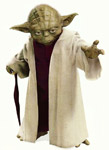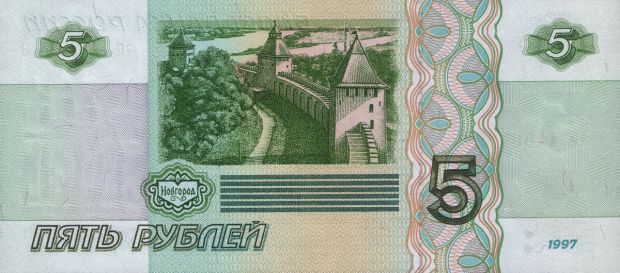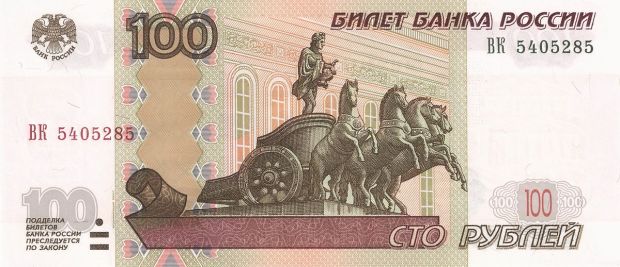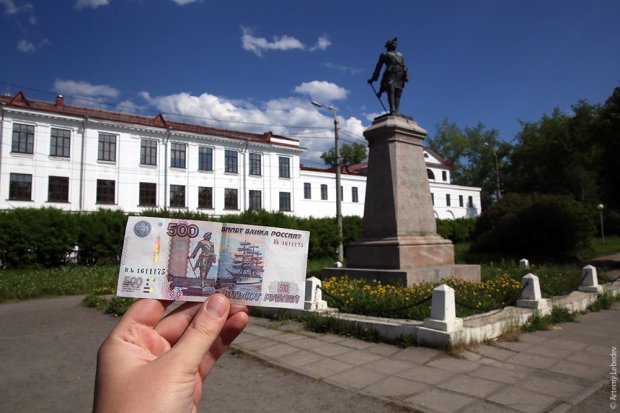Russian language is about 1000 years old. Modern Russian has formed in the 18th century, after dividing Old Russian into civil and church languages.
Russian alphabet consists of 33 letters. Unlike English, writing and pronunciation have 99% correlation: you just call the sequence of letters you see. No bullshit like “queue” or different pronunciations of the same syllables.
The core difference lies in the endings. When you build a sentence in Russian, you have to change endings of words depending on surrounding parts of speech. Like adding “s” to plural words in English, but much wider. It’s called “grammatical cases”.
This feature gives several opportunities.
First, you can remove some words from the sentence and it won’t lose the sense.
“Love Russia” – this sentence is imperative in English, unless you add “I”, “You” or “We” at the beginning. Hence this example is useless due to uncertainty. But in Russian you have a special ending of “love” for “I”, “You”, “We” and imperative. The meaning keeps absolutely clear.
You can cut off a half of the sentence, and it will still be understandable. This thing is a real treasure for the writers.
Second, auxiliary verbs become unnecessary. They were wiped out from Russian centuries ago.
Third, you don’t need definite and indefinite articles to mark nouns. Endings do this job. (That’s why Russians always make mistakes: we just don’t have an analog for this part of speech).
Another difference is the system of tenses.
Russian supports only 3 tenses. Some things like Past Simple and Past Perfect couldn’t be distinguished in Russian. The others keep meaning via verb prefixes. Probably you’ll be surprised by the fact that people can manage without the lion’s share of English tenses.
Back in my school days English teachers tended to conceal the real number of tenses to avoid frightening students. They used to reveal tenses one by one, instead of giving a table. This method led to a complete mess in our heads. Meanwhile, there we rumors that English has up to 40 tenses.
So, some English tenses are real pain in the ass for Russians due to inexistence of them in our native language.
The other feature of Russian is free order of words. It works thanks to the flexible endings.
It’s very useful for making stress on the word by placing it to the end of the sentence.

Flexible ending and free word order make Russian language very handy for creating rhymes. I suppose, it’s one the sources of rich Russian poetry.
On other hand, due to listed above features, Russian is really hard for auto-translators. Don’t try to write in Russian using Google translator or any other programs. They spoil half of the sense and author sounds ridiculous.
The last significant distinction is abusive language.
In this field Russian outruns English with no chance for revenge. English-speakers curse like Russian preschool children. No grotesque here! All you have is only the F-word, which is still acceptable in adult shows.
 Russian has a tier of words, which could be never heard in media.
Russian has a tier of words, which could be never heard in media.
These words mean nothing supernatural, but they are extremely insulting in themselves. However, they are very widespread in ordinary life and Russian language allows easy modifying of them to create strong original curses. In result we have tons of banned words. We are even able to build entire sentences, where only prepositions are legit.
Abusive Russian is a specific tool. It could be dirty and rough in laborer’s mouth and petite and funny if a smart man has mastered it.
At the ending I’ll show you Russian keyboard, because some people are curious how it looks like. We switch layouts by pressing Shift + Alt on PC and Cmd + Space on Mac.
 click to expand
click to expand
For those, who want to investigate Russian alphabet I’ve brought this picture. It has some unimportant mistakes, but it’s anyway good for beginning.

click to expand
 Mongolian hood, a prototype of ushanka
Mongolian hood, a prototype of ushanka Soviet kid in ushanka playing hockey
Soviet kid in ushanka playing hockey 

























 Russian has a tier of words, which could be never heard in media.
Russian has a tier of words, which could be never heard in media.





